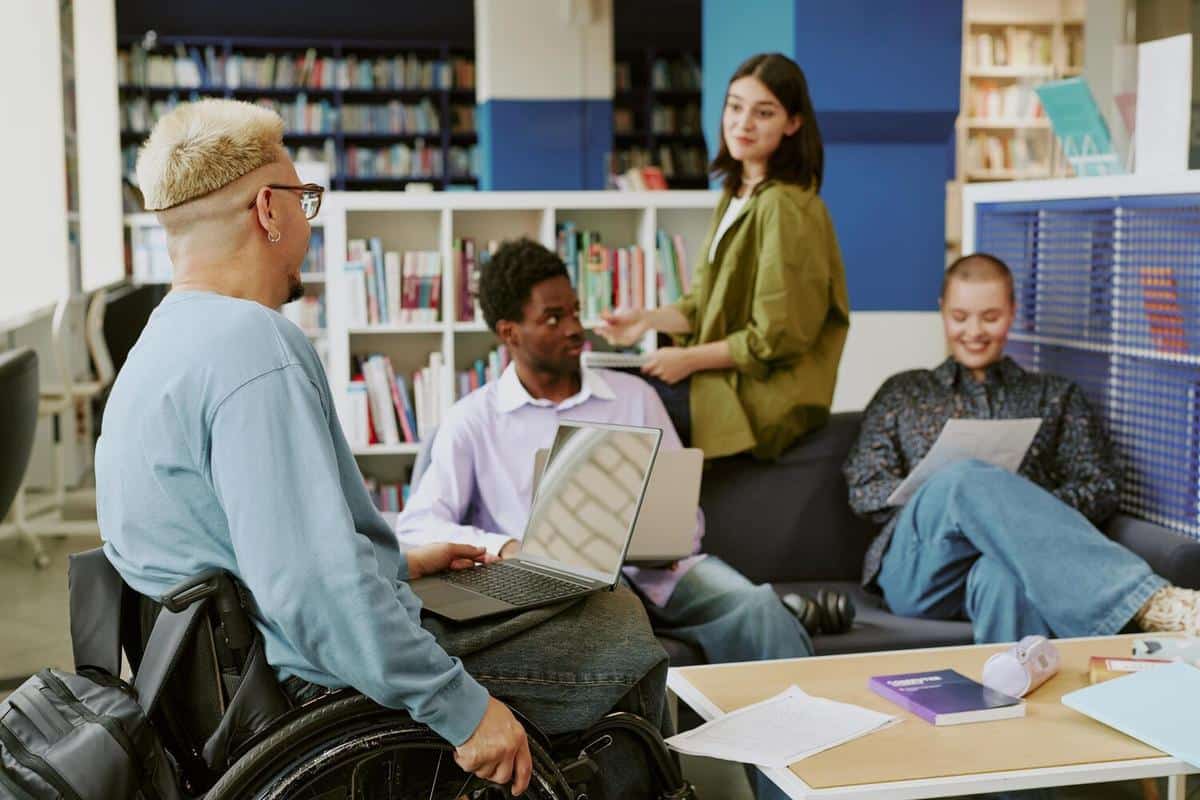
How Universal Design for Learning Supports All Students
Universal Design for Learning (UDL) is reshaping how we approach education by emphasizing inclusivity and accessibility for all students, regardless of their individual needs and learning styles.
Incorporating UDL principles into the classroom can transform the educational experience for students with diverse abilities. According to the Center for Applied Special Technology (CAST), UDL provides a framework for educators to create flexible learning environments that accommodate individual learning differences.
The Core Principles of UDL
UDL is built on three primary principles: representation, action and expression, and engagement. These principles guide educators in offering multiple means of engagement and representation, ensuring students can access and process information in various ways.
Expert Opinions
Dr. David Rose, a leading expert on UDL, emphasizes the importance of removing barriers in learning environments. He notes, “UDL is not just about accessibility; it’s about removing barriers to learning for everyone.” This approach ensures all students have equal opportunities to succeed.
Statistics and Research Findings
A study by the Education Endowment Foundation reveals that implementing UDL can lead to a 20% increase in student engagement and participation. This is particularly significant for students who often face challenges in traditional learning settings.
Personal Anecdotes
Consider a classroom where a teacher, Mr. Thompson, uses UDL strategies. He provides audio recordings of texts for auditory learners and visual aids for those who benefit from visual stimuli. This inclusive approach has noticeably improved overall student performance.
Actionable Tips for Educators
- Offer diverse materials: Use videos, podcasts, and interactive activities to cater to different learning preferences.
- Encourage student choice: Allow students to demonstrate their understanding in various formats, such as presentations or written reports.
- Provide regular feedback: Constructive feedback can guide students in their learning journey and help them improve continuously.
UDL Implementation: A Comparison
| Traditional Learning | UDL Approach |
|---|---|
| One-size-fits-all materials | Customized materials for diverse needs |
| Limited engagement methods | Multiple means of engagement |
| Standard assessment techniques | Varied assessment options |
| Teacher-centered instruction | Student-centered learning |
| Fixed learning pace | Flexible learning pace |
| Minimal technology integration | Technology-rich environments |
| Focus on content delivery | Focus on skill development |
| Uniform learning environment | Adaptable learning environment |
FAQs About UDL
What is Universal Design for Learning?
UDL is a framework that aims to optimize teaching to accommodate the diverse needs of all students by offering multiple means of engagement, representation, and expression.
How does UDL benefit students?
UDL promotes inclusive education by removing barriers to learning, enabling students of varying abilities to access and engage with the curriculum effectively.
Can UDL be applied in higher education?
Yes, UDL principles are applicable at all educational levels, from primary to tertiary education, adapting teaching methods to suit diverse learner needs.
Conclusion
Universal Design for Learning is revolutionizing the educational landscape by prioritizing inclusivity and individualized learning. By adopting UDL principles, educators can create a more equitable and supportive learning environment that caters to the unique needs of all students. Embrace UDL in your classroom and witness the transformative impact it can have on student engagement and success.


